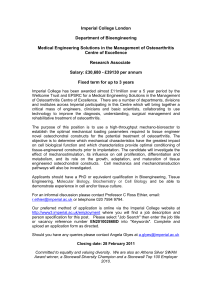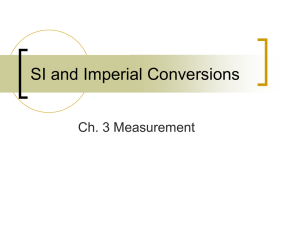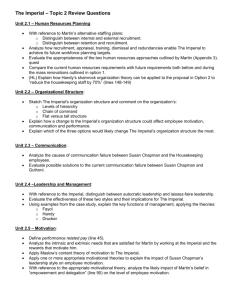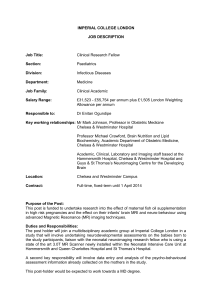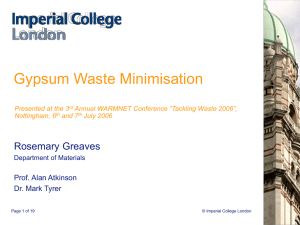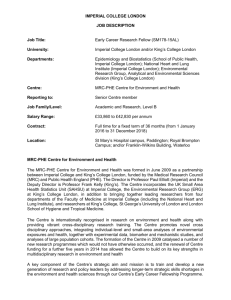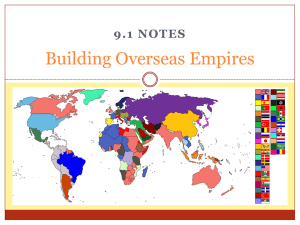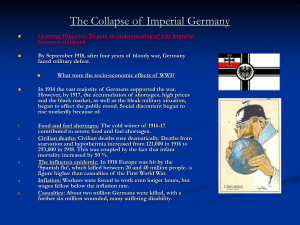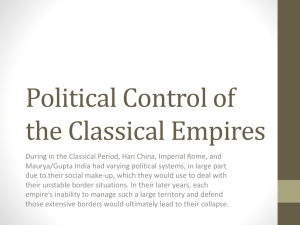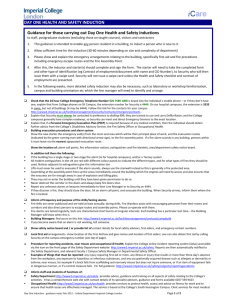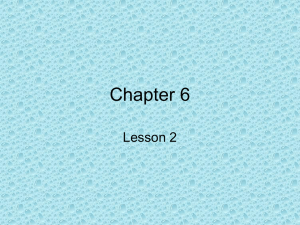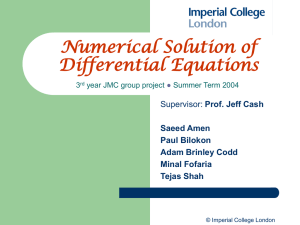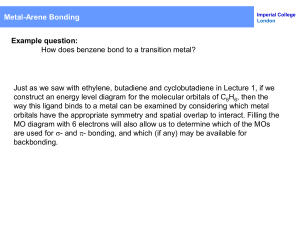Facial muscle action analysis
advertisement
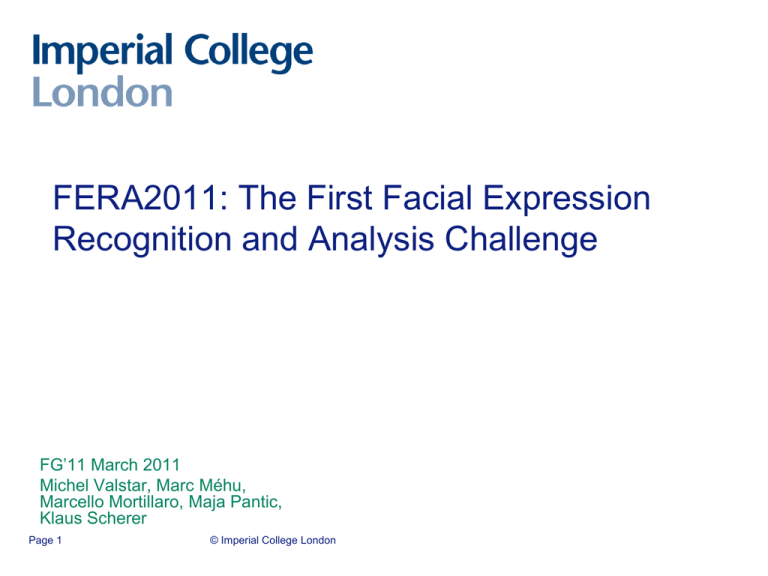
FERA2011: The First Facial Expression Recognition and Analysis Challenge FG’11 March 2011 Michel Valstar, Marc Méhu, Marcello Mortillaro, Maja Pantic, Klaus Scherer Page 1 © Imperial College London Participation overview • • • • • • • • Page 2 Data downloaded by 20 teams 15 submissions 11 accepted papers 13 teams in Emotion Sub-Challenge 5 teams in AU Sub-Challenge Institutes from 6 countries 53 researchers, median of 6 per paper 5 entries were multi-institute endeavours © Imperial College London Trends Machine Learning trends: • 13/15 teams used SVM • Three teams used multiple kernel SVMs, including the AU winner • Only 1 team modelled time • Only 1 team used probabilistic graphical models Feature trends: • 4 teams encode appearance dynamics • 4 teams use both appearance and geometric features (including AU winners) • Only 1 team infers 3D, but appears successful! (AU winner) • Only 1 team uses Geometric features only, ranked 11th Page 3 © Imperial College London Baseline System – LBP based Expression Recognition Local Binary Pattern appearance descriptors are applied to the face region to detect AUs and discrete emotions • • • • • Page 4 Face is registered using detected eyes. Uniform Local Binary Pattern features are computed on every pixel (LBP). Face is divided in 10x10 blocks. In each block a 256 bin histogram of the LBP features is generated. For every AU a GentleBoost-SVM is learned. Upper face AUs use the concatenated histograms of the top five rows, Lower face AUs the bottom five rows. For every Emotion a GentleBoost-SVM is learned using all rows. SVM predictions are per frame, decision is made by voting. © Imperial College London Baseline Overview (LAUD) B. Jiang, M.F. Valstar, and M. Pantic, “Action Unit detection using sparse appearance descriptors in space-time video volumes”, FG’11 Page 5 © Imperial College London Winner of the Emotion Detection subchallenge 1. University of California, Riverside Songfan Yang, Bir Bhanu 2. UIUC-UMC Usman Tariq, Xi Zhou, Kai-Hsiang Lin, Zhen Li, Zhaowen Wang, Vuang Le, Thomas Huang, Tony Han, Xutao Lv 3. Karlsruhe Institute of Technology Tobias Gehrig, Hazim Ekenel Page 6 © Imperial College London Ranking – Emotion Sub-challenge Page 7 © Imperial College London Person independent/specific emotion detection Page 8 © Imperial College London Emotion secondary test results Page 9 © Imperial College London Winner of the Action Unit Detection subchallenge 1. University of French West Indies & Guyana Lionel Prevost, Thibaud Senechal, Vincent Rapp, Hanan Salam, Renaud Seguier, Keving Bailly 2. University of California San Diego Nicholas Butko, Javier Movellan, Tingfan Wu, Paul Ruvolo, Jacob Whitehill, Marian Bartlett 3. Karlsruhe Institute of Technology Tobias Gehrig, Hazim Ekenel Page 10 © Imperial College London Ranking – Action Unit Sub-challenge F1-Measure Baseline MIT-Cambridge Chew KIT UCSD IRIS UCSD Chew Baseline 0 Page 11 0.2 0.4 © Imperial College London 0.6 0.8 Person independent/specific AU detection IRIS UCSD KIT Specific Independent U. Brisbane MIT-Cambridge Baseline 0 Page 12 0.2 0.4 © Imperial College London 0.6 0.8 Conclusion and new goals Conclusions: • Person dependent discrete emotion detection is incredibly successful • Dynamic appearance is very successful • Combined appearance/geometric approaches seem to be the way forward • AU detection far from solved New avenues: • Given the high success of discrete emotion, dimensional affect may be a new goal to pursue • Explicitly detecting temporal segments of facial expressions • Analyse sensitivity of approaches to AU intensities. • Leverage person specific approaches for AU detection • Detection of AU intensity levels Page 13 © Imperial College London
